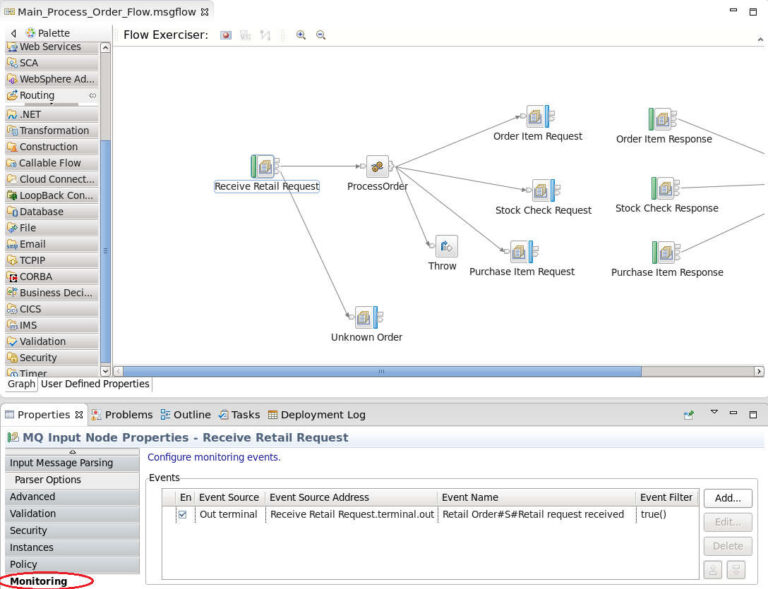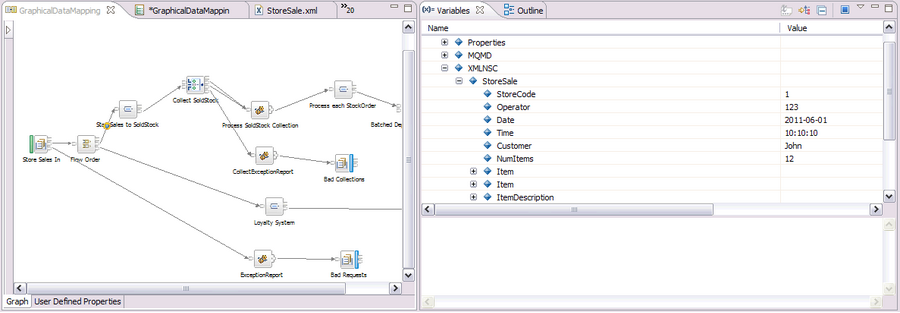Integration
An integration service is a specialized application with a defined interface and structure that acts as a container for a web services solution.
You can integrate applications by using a service-oriented architecture (SOA). In an SOA, a service is often defined as a logical representation of a repeatable activity that has a specified outcome. Typically, a service is self-contained and its implementation is hidden from its consumers. To facilitate their reuse, services define a prescribed interface, which specifies how data is exchanged with the service.
This form of automation uses rule-based software to perform business process activities at a high-volume, freeing up human resources to prioritize more complex tasks. RPA enables CIOs and other decision makers to accelerate their digital transformation efforts and generate a higher return on investment (ROI) from their staff.
When effectively managed across the organization, content can be used to engage customers, automate business processes and enhance collaboration.
Enterprise service bus (ESB)
An ESB, or enterprise service bus, is an architectural pattern whereby a centralized software component performs integrations between applications. It performs transformations of data models, handles connectivity, performs message routing, converts communication protocols and potentially manages the composition of multiple requests. The ESB can make these integrations and transformations available as a service interface for reuse by new applications.
The ESB pattern is typically implemented using a specially designed integration runtime and toolset (i.e., esb product) that ensures the best possible productivity.

Why use an ESB?

Increasing organizational agility by reducing time to market for new initiatives is one of the most common reasons that companies implement an ESB as the backbone of their IT infrastructure. An ESB architecture facilitates this by providing a simple, well defined, “pluggable” system that scales really well. Additionally, an ESB provides a way to leverage your existing systems and expose them to new applications using its communication and transformation capabilities.
Benefits of ESB
ESB offers the potential to standardize—and dramatically simplify—communication, messaging, and integration between services across the enterprise. Hardware and software costs can be shared, provisioning the servers as needed for the combined usage, providing a scalable centralized solution. A single team of specialists can be tasked (and, if necessary, trained) to develop and maintain the integrations.
Software applications simply connect (‘talk’) to the ESB and leave it to the ESB to transform the protocols, route the messages, and transform into the data formats as required providing the interoperability to get the transactions executed. The enterprise service bus architectural approach supports scenarios for application integration, data integration, and service orchestration style automation of business processes. This enables developers to spend dramatically less time integrating and much more time focusing on delivering and improving their applications. And the ability to reuse these integrations from one project to the next offered the potential for still greater productivity gains and savings downstream.
The ESB pattern is typically implemented using a specially designed integration runtime and toolset (i.e., esb product) that ensures the best possible productivity.

